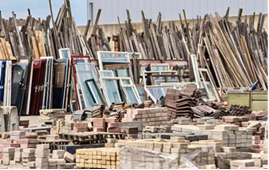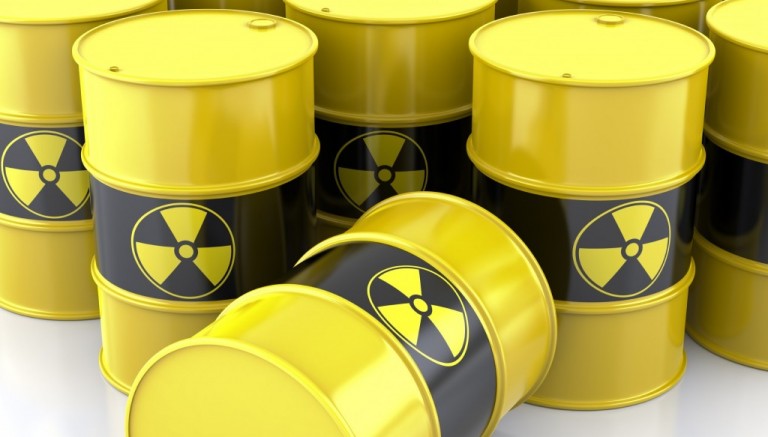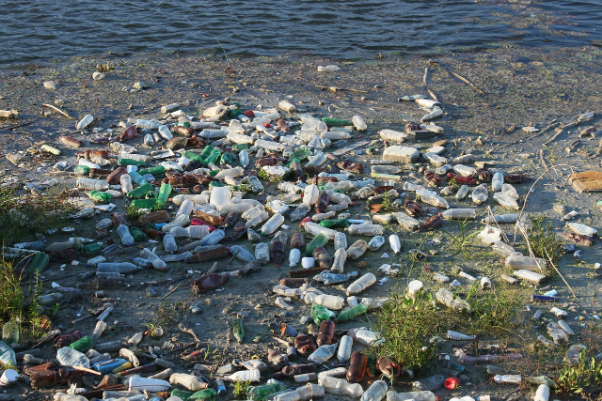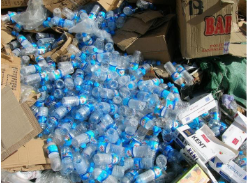How to recycle radioactive materials without getting into the environment
Radiation (or radiation) is the process of separating positrons, alpha or beta particles from the so-called unstable isotopes – variations of stable elements. The discovery of science at the end of the 19th century gave a huge impetus to a number of technologies and spheres of life.

However, after years of experimentation, it became clear that radioactive radiation is not harmless to living organisms at all. The first major scientists in this field were severely affected by radiation exposure in their work, including the family of the pioneer Marie Curie.
In the late 1920s, it became clear that this increased the risk of cancer. Therefore, it is necessary to develop strategies and mechanisms for the control of waste from radioactive processes so that they do not fall into the environment.
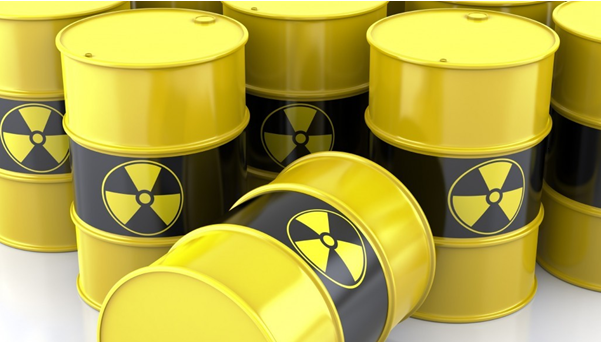
We will look at what are the modern technologies for proper safety and recycling of such materials, as well as we will get acquainted with the accepted standards in our country.
Can we do something with the radioactive materials used and what?
Fortunately, radioactive materials are recyclable and some of them can be reused. That is, in nuclear power plants, for example, the remainder of the fuel used in a reactor can be reprocessed and reused as nuclear fuel.
Of course, this does not mean that as much uranium or thorium we have used, for example, we will be able to reuse. For us, only part of the fuel will remain, but the loss is not so great. With the help of modern technologies over 90 percent of the fuel can be recycled.
How much nuclear fuel can we reproduce by recycling radioisotopes?
The potential of radioactive waste is so great that it can actually be used to power a huge country the size of the United States for the next 100 years.
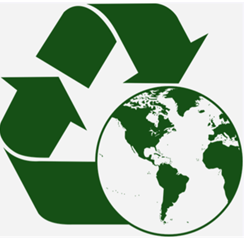
For decades, France, for example, has relied on this process to recycle nuclear fuel to generate energy. According to the national statistics of the country, thanks to this, by 2015 it generates only 10 g of radioactive waste per capita per year.
How much nuclear waste will be generated by the use of radioactive materials depends on our choice of fuel cycle.
What are the types of nuclear fuel cycle?
The so-called open or single cycle is not recommended, as the reagent once passed through it can no longer be used.
The application of a closed fuel cycle, in which nuclear fuel is recycled several times, is highly recommended in the interest of the environment, and even proves to be more economical in terms of raw material.
In practice the difference between an open and a closed cycle is that the latter contains some additional steps, such as processing the material used and storing it until it is time for a new use. Although more economical, however, the closed fuel cycle is an expensive investment because there is a need for processing facilities for radioactive material.
How is fuel reprocessing in the closed nuclear cycle?
Chemical processing of radioactive waste involves the separation of unused isotopes from fission products. Various processes have been developed to achieve this.
One of the most common is the Purex method – it has become practically an international standard. In it, the irradiated nuclear material is dissolved in nitric acid. The uranium and plutonium are then separated from the fission products by solvent extraction. For dissolution, tributyl phosphate diluted in an organic diluent to a concentration of 30% is used.
Repositories for radioactive materials
If we do not want to recycle isotopes, they are stored in special repositories, often underground, where they gradually lose their radioactivity over time. This underground burial is called “burial”.
Other methods
In some countries, methods are also used to immerse waste deep in open water, where it either explodes or is packaged to reach the ocean floor quickly and rot there over time. However, this has not yet become a practice in Bulgaria, and is also prohibited by a number of international agreements.
Which industries are in need of recycling radioactive materials?
The need for technology for recycling radioactive materials arises not only in the production of nuclear energy. It is needed in nuclear medicine, as well as in a large number of production activities, in the research field, mining and others.
Due to the serious risk of possible abuse in most countries, as well as in our country, there is an institution that is specifically responsible for compliance with the environmental rules for recycling of such waste. A special legal framework regulates how to manage nuclear waste, when such responsibility and obligation is imposed on us by the fact that we generate such.
The Bulgarian regulatory framework divides solid radioactive waste into three categories, the second of which has two subcategories – a) and b).
- ● The first category is called transitional and can be secured after up to 5 years of storage.
- ● The second category are short and long-lived low and medium levels of radioactivity
- ● The third refers to high-level waste.
Category 2a can be buried both geologically (at a depth of over 100 m) and superficially, while the second subcategory 2b and the third category is intended only for geological burial by law.
Gaseous and liquid waste are classified into categories according to the solid radioactive waste that will be generated during the conditioning process. “Dilution” of nuclear waste in order to fall into another category in Bulgaria is prohibited.
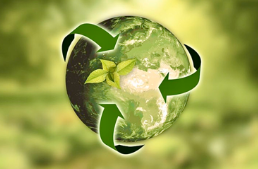
It is known that over time the radioactive material loses its potential. Once a large part of it has been recycled and put back into use, there is practically no trace of radioactivity left in the waste and they are completely harmless.
With proper isolation of waste materials, for the required half-life, they will no longer pose a threat. Depending on the category of waste, it is radioactive to varying degrees and accordingly requires a different period of time for radioisotope disposal in order to prevent risk to the environment.
Some elements have an extremely long half-life. The bismuth-209 core decays for 2.01 × 10 in the 19th degree years.
Observance of the rules for waste management by the natural or legal persons generating them significantly reduces the danger of them for nature and the population.
